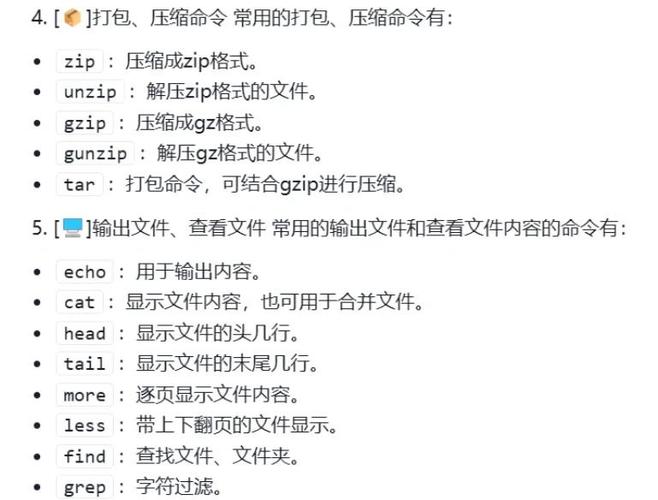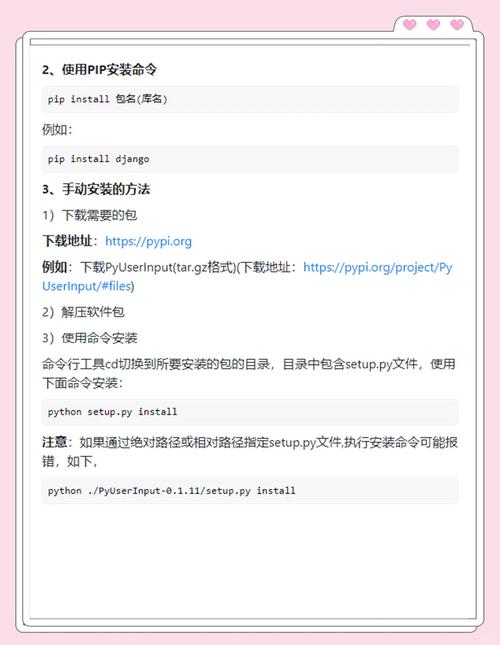Python数据库操作 ---- pymysql教学
文章目录
- 前提准备
- 连接数据库
- 创建数据库
- 创建数据表、
- 插入数据
- 查询数据
- 更新数据
- 删除数据
- 实战应用
- 总结
前提准备
安装mysql
在使用pymysql的前提就是又一个mysql数据库,这个数据库可以是本地数据库也可以是远程的数据库,
mysql的安装这里就不再赘述了,大家可以参考其他的模块进行安装
安装pymysql
pip install pymysql
连接数据库
import pymysql # 连接数据库 db = pymysql.connect(host='localhost',user='root',password='123456',port=3306) # 创建数据库的游标 cursor = db.cursor() #execute()方法并执行 SQL 语句 cursor.execute("select version()") # 读取第一条数据 data = cursor.fetchone() print(data) # 关闭连接 db.close() # 输出: # ('8.0.24',)解释:
在连接数据的时候需要指定相应的参数
- host 数据库ip地址,如果是本地可以用localhost或127.0.0.1 如果是远程就需要指定正确的ip地址
- user 用户名
- password 密码
- port 端口号 如果不指定就默认是3306
cursor():获取数据库的操作游标
execute() 执行SQL语句,把要进操作的内容写成SQL语句,
fetchone() 读取一条数据
close() 断开连接,释放资源
“select version()” sql语句的执行结果
创建数据库
import pymysql # 连接数据库 db = pymysql.connect(host='localhost',user='root',password='123456') # 创建数据库的游标 cursor = db.cursor() # 创建数据库spiders cursor.execute("create database spiders") # 关闭连接 db.close()创建数据库命令执行一次就可以,后面我们在创建的数据库中进行其他的操作,如果创建的数据已经存在程序会报错"Can't create database 'spiders'; database exists"
拓展:
如果在创建数据库的不能确认数据库是否存在,但是也不想在创建数据库的时候发生报错可以使用下列语句:create database if not exists dbname
创建数据表、
表必须创建在数据库内,所以我们需要在连接数据库以后,需要指定操作那个数据库
import pymysql # 连接数据库 db = pymysql.connect(host='localhost',user='root',password='123456',port=3306,db='spiders') # 创建数据库的游标 cursor = db.cursor() sql = "create table if not exists students(id varchar(255) not null,name varchar(255) not null,age int not null,primary key (id))" cursor.execute(sql) db.close()
这次的在连接mysql的时候connect函数新增了一个参数,db='spiders'指定我们要连接的数据库,后面创建的表也会创建到当前数据库。
创建数据库的sql语句是 "create table if not exists students(id varchar(255) not null,name varchar(255) not null,age int not null,primary key (id))"
创建的数据库名为students,三列 id、name、age,都是非空,主键为id
插入数据
import pymysql db = pymysql.connect(user='root',password='123456',host='localhost',port=3306,db='spiders') cursor = db.cursor() id = '10005' name = 'zhangsan' age = '20' #方式1 # sql = "insert into students(id,name,age) values('"+id+"','"+name+"','"+age+"')" # cursor.execute(sql) # 方式2 # sql = "insert into students(id,name,age) values('{}','{}','{}')".format(id,name,age) # cursor.execute(sql) # 方式3(推荐) sql = "insert into students(id,name,age) values(%s,%s,%s)" cursor.execute(sql,(id,name,age)) db.commit() db.close()通过三种sql语句的编写形式我们能够发现。方式3的最为简洁,通过使用%s来进行占位,然后再通过execute()函数将数据传入sql语句中组成完整的sql语句。
在执行execute()方法之后必须要commit()方法才能将数据插入到表中,这个设计到了事务的原子性问题,事务机制可以确保数据一致性,事务有4个属性:原子性、一致性、隔离性、持久性。
属性 描述 原子性 事务是一个不可分割的工作单位,事务中包括的操作要么都执行,要么都不执行 一致性 事务必须是数据库中一个一致性状态转变到另一个一致性状态,一致性与原子性是密切相关的 隔离性 一个事务不能被其他事务干扰,即一个事务内部的操作及使用的数据对并发的其他事务时隔离的,并发的各个事务之间不能相互干扰 持久性 持久性也称永久性,指一个事务一旦提交,它对数据库中数据的改变就应该是永久性的,接下来的其他操作或故障不应该对其有任何影响 查询数据
在数据库操作的过程中使用最多的就是查询操作
import pymysql db = pymysql.connect(user='root',password='123456',host='localhost',port=3306,db='spiders') try: sql = 'select * from students' cursor = db.cursor() cursor.execute(sql) d1 = cursor.fetchone() print("获取一条数据",d1) all_d = cursor.fetchall() print("获取所有数据",all_d) # sql = "insert into students(id,name,age) values('"+id+"','"+name+"','"+age+"')" except: print("Error") db.close()数据库中的数据
输出:
通过结果我们能够看到etchone()执行正常,拿出了一条数据,但是fetchall()明明是查询所有,但是结果只有除了第一条之外的数据,关于这个现象我们可以从游标的角度来解释,一开始游标在第一行执行etchone()之后游标就跑到第二行,再执行fetchall()的时候就从第二行开始查询直至末尾。
可以简单的理解etchone()查询游标所在的一行数据,fetchall()查询当前游标至结束的所有行数据。
使用where进行条件查询
查询id大于10003的数据
import pymysql db = pymysql.connect(user='root',password='123456',host='localhost',port=3306,db='spiders') try: sql = 'select * from students where id>10003' cursor = db.cursor() cursor.execute(sql) all_d = cursor.fetchall() print("获取所有数据",all_d) # sql = "insert into students(id,name,age) values('"+id+"','"+name+"','"+age+"')" except: print("Error") db.close()输出:
更新数据
跟新数据,有时候我们再会对数据库中原来的数据进行修改
import pymysql db = pymysql.connect(user='root',password='123456',host='localhost',port=3306,db='spiders') try: sql = 'update students set name=%s where id=%s' cursor = db.cursor() cursor.execute(sql,('李四','10004')) db.commit() except: db.rollback() db.close()删除数据
根据条件删除数据,删除id小于10004的数据
import pymysql db = pymysql.connect(user='root',password='123456',host='localhost',port=3306,db='spiders') try: sql = 'delete from students where id














